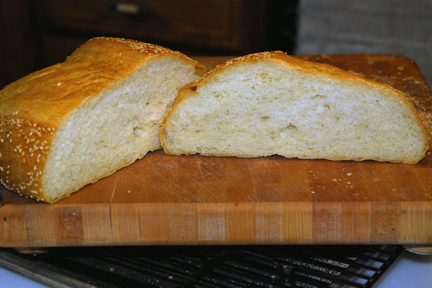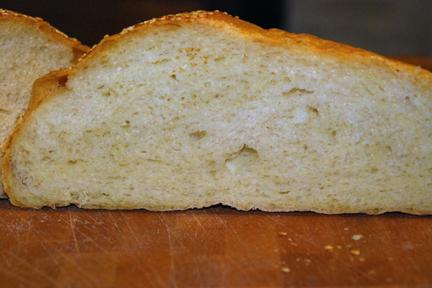Pain De Tradition sourdough baked in my La Cloche
This is yet another sourdough version of the Pain De Tradition. I baked this in my La Cloche bell for 15 minutes covered starting at a 450 oven and then turning it down to 350F at the start of the bake for one hour total convection bake time.
The taste is very nice and I can taste a hint of the extra organic white wheat that was added.
- Log in or register to post comments
- 19 comments
- View post
- SylviaH's Blog





